Where to See
| Species Group | Damselflies |
|---|---|
| Scientific Name | Coenagrion mercuriale |
| Status & Distribution | Listed as Endangered in the British Odonata Red List 2008. Legally protected under the Wildlife and Countryside Act 1981. Its two main strongholds are in the New Forest, Hampshire, and the Preseli mountains, Pembrokeshire. Smaller colonies are found in Devon, Dorset, Anglesey, Gower, Oxfordshire and on the flood plains of the Test and Itchen rivers in Hampshire.
|
| Habitat | In the UK the Southern Damselfly is primarily a species of base-rich runnels and streams often within acid heathland areas. However, it also occurs on water meadows in the flood plains of two chalk rivers, a habitat said to be more typical of many continental sites. At breeding sites the water is typically shallow and slow-flowing over a gravel or marl bed with patches of organic detritus. It may be that a more or less constant, relatively high, water temperature in winter in the spring-fed sites is particularly important in determining site suitability. |
| Flight Period |   |
| Adult Identification |
|
| Larval Information | Small, 11-14mm. Very small, unpatterned caudal lamellae. |
| Threats | The main factor thought to be influencing the decline of the species is the removal of grazing animals that maintain the open nature of the species’ breeding sites. Other potential threats are abstraction of water, leading to a lowering of the water table, drainage due to agricultural and forestry pressures, and excessive nutrient enrichment from the runoff of nitrogenous fertilisers from adjacent agricultural land. Isolation and scarcity of habitats is a cause for concern. |
| Management | Southern Damselfly Management Profile
Protected under Schedule 5 of the 1981 Wildlife and Countryside Act. Listed in Appendix II of the Berne Convention and Annex II of the EC Habitats Directive. 10 SACs support Southern Damselfly. Ecology of the Southern Damselfly publication |
| Similar Species | Easily confused with the other members of the genus Coenagrion, such as Common Blue Damselfly. Southern Damselfly can be destinguished by its:
|

